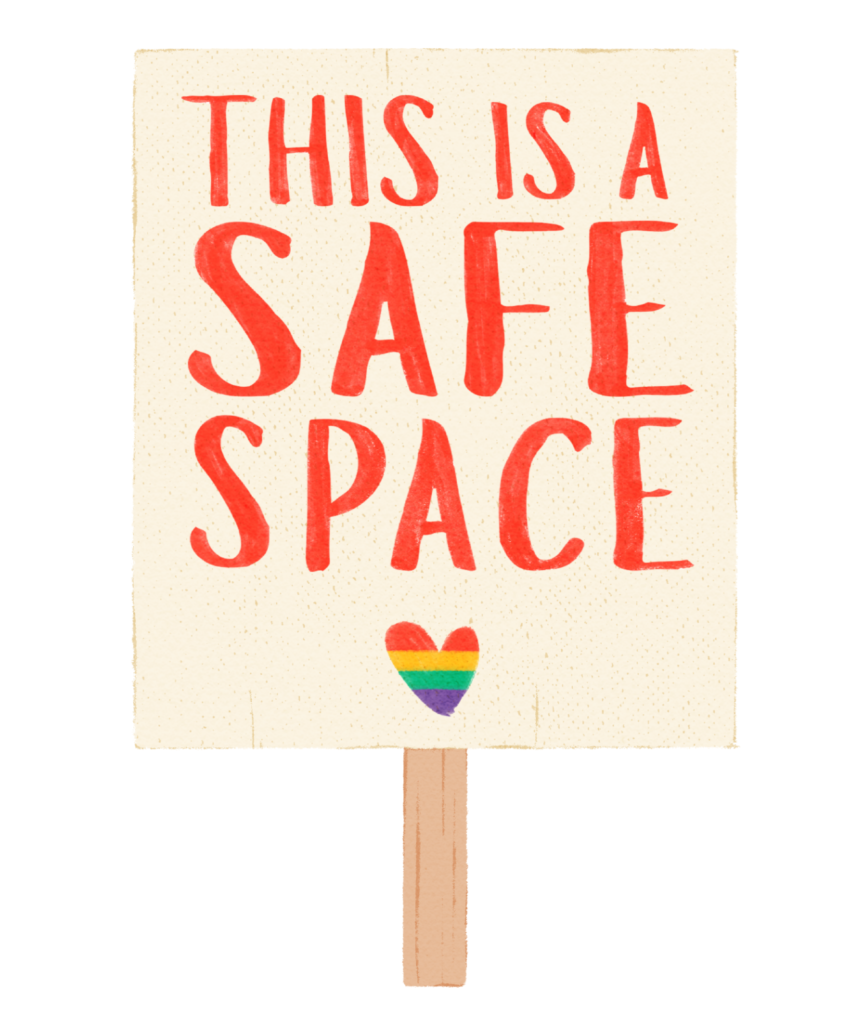This storytelling toolkit provides ”ready workshop scenarios” that you can put into practice with groups of inmates within your organization or community. Each scenario includes detailed information that supports you in preparing and conducting the workshops effectively.
The workshops collected in this toolkit can be used as a tool to inspire adult and young prisoners to tell their stories by creating, sharing and amplifying their stories or those of others. What is important to consider when choosing workshops?

01 Size of the group:
The number of people in your group is important to know so that you can choose a workshop that matches the size of your group. It is suggested that the number is limited to create a safe space where the people can feel comfortable
02 Workshop duration:
Knowing the length of the workshop helps you plan it accordingly, inform participants about the timing, and reserve the training room for the right amount of time.


03 Materials needed
Understanding the necessary materials for the workshop allows you to prepare enough and appropriate materials ahead of time. You can use a checklist to ensure that you have everything needed before starting the workshop, and we recommend completing the preparation the day before the workshop.
04 Space
The space refers to the physical location where the workshop will take place. It’s important to consider the size of the space in relation to the number of participants, the layout of the room, and the availability of necessary equipment such as projectors, whiteboards, and internet connectivity but also the space to move around freely.


05 Objectives
The objectives outline what young inmates are expected to achieve after taking part in the workshop. You can use these objectives to promote the workshop, introduce expectations at the beginning of the training, and guide young people towards the desired outcomes.
06 Presentation
These steps provide a detailed plan for conducting the workshop, including how to start, how to guide and give instructions to participants, how to follow-up and reflect on activities, and how much time to allocate for each step.


07 Create a safe space
‘ It is important to create a safe and respectful space where people can feel comfortable sharing their stories while respecting the need for privacy and confidentiality.It is important to create a safe and respectful space where people can feel comfortable sharing their stories while respecting the need for privacy and confidentiality.”
08 Challenges&Tips
There can be several challenges like:
- Limited access to resources: Young inmates may have limited access to technology, internet, and other resources that are essential for creating and sharing stories.
- Limited time: Inmates may have limited time to engage in activities such as storytelling due to their daily routines and activities within the correctional facility.
- Limited participation: Some young inmates may be hesitant to participate in storytelling activities due to a lack of confidence, previous negative experiences with storytelling, or other factors.
- Limited engagement: Maintaining engagement can be challenging in a correctional setting. It may be necessary to design the toolkit in a way that is highly interactive, visually engaging, and emotionally compelling.
- Limited privacy: Inmates may have limited privacy within the correctional facility, which can make it difficult to share personal stories and experiences. It’s important to design the toolkit in a way that allows for sharing and collaboration while respecting the need for privacy and confidentiality.
